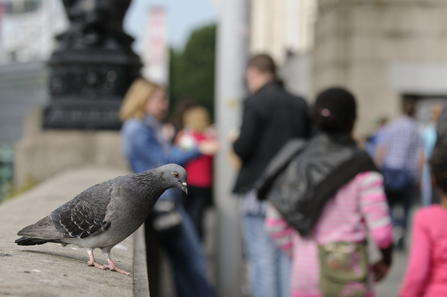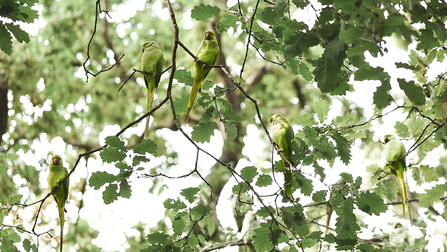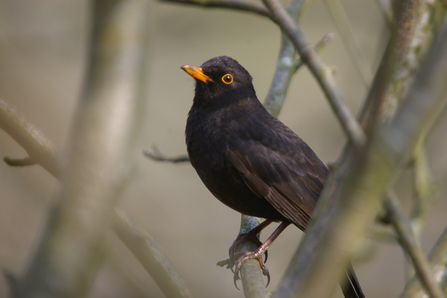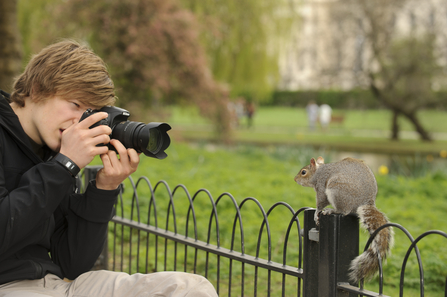A brown smudge, hurtling across the path. A sea of blue-grey wings, engulfing a section of pavement. A tail, shaped like a question mark, disappearing up a tree. Brown rats, feral pigeons, grey squirrels – when I first started waxing lyrical about urban wildlife I soon discovered that these are the creatures most people associate with the city.
To the majority of us they are also unremarkable. Underwhelming. Unworthy of our care or attention. They disappear into the pavement or blend into the brickwork.





